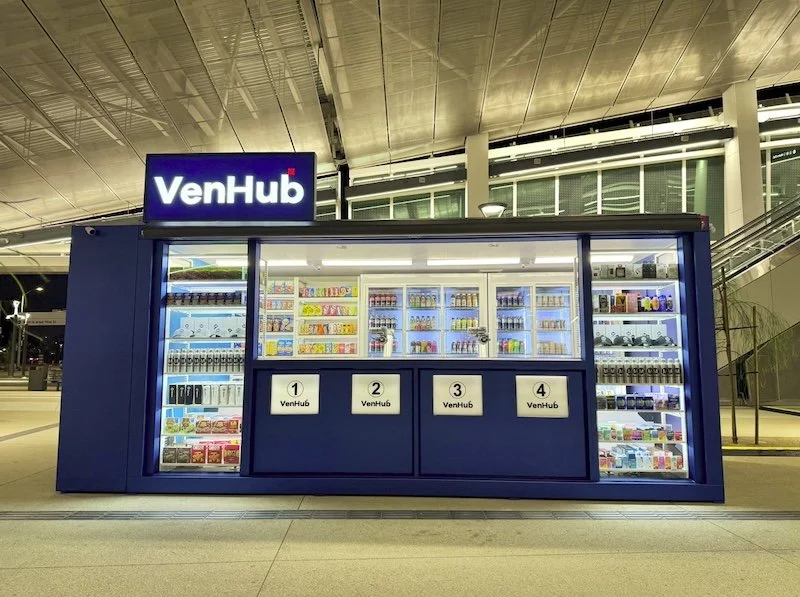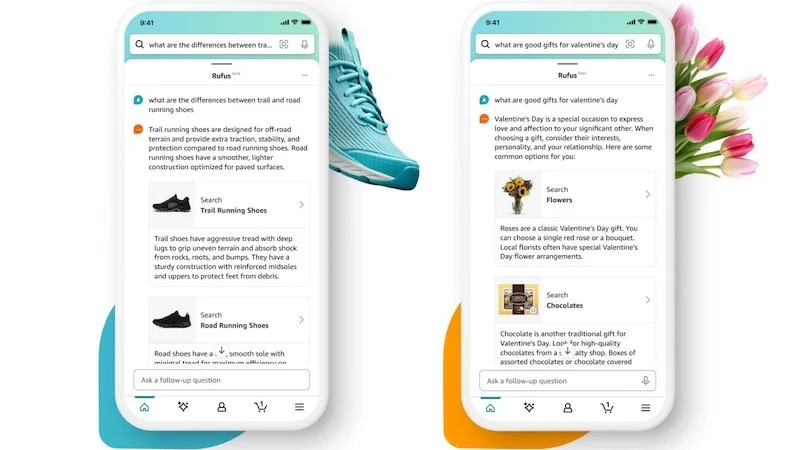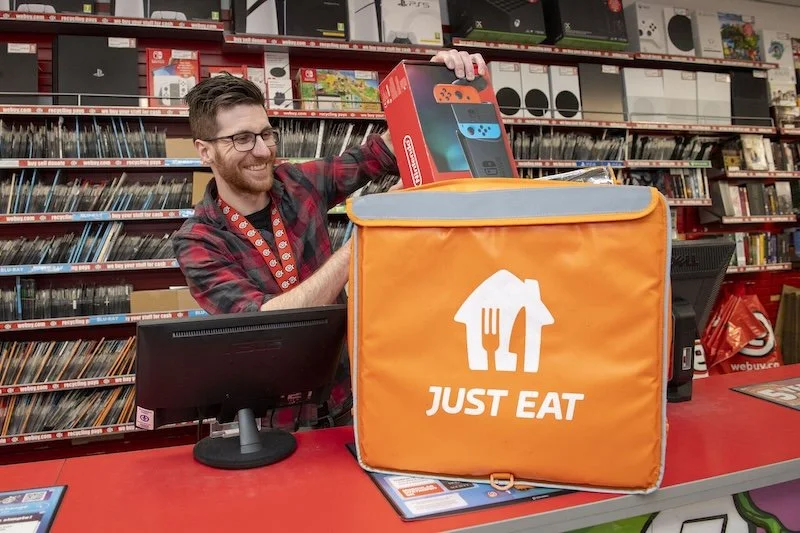Retail technology trends in 2023
With new technologies emerging by the day, the retail industry is continually evolving and businesses need to keep tabs on the latest trends.
In 2020 alone, over $40.2 billion in investment and funds were put into retail tech deals across various industries. As such, businesses in 2023 must stay on top of the current technological advancements to remain competitive.
The latest technological innovations can help retailers to redefine their shopping experience and manage their operations more efficiently. Here are the latest technological trends making headlines in the retail market in 2023.
AI powered customer experiences
Artificial intelligence is transforming the way businesses interact with their customers. With AI powered systems like chatbots, businesses can offer solutions to their customers and assist them with their issues even when a human representative isn’t available.
These smart chatbots are common in the gaming market and can also be found utilised on top casino sites like Slots Dreamer, which allow you to get the assistance you need even without the help of a human representative.
Besides boosting customer service, artificial intelligence can optimise business processes and boost KPIs (key performance indicators) like customer engagement and loyalty. AI-based systems can analyse customer data and behaviour, using the information to continually improve different processes.
That allows businesses to give their customers highly relevant content, heighten customer satisfaction and increase sales opportunities.
Personalised shopping
Personalised shopping increases the potential of making a sale because you’re helping the customer to cut through the noise and clutter in the market and find what they need. When customers feel like their unique needs are met, they’re more likely to buy from your business, which will positively impact your bottom line as a retailer.
Personalisation also has the potential to improve the customer’s overall shopping experience. According to research, about 60% of buyers make repeat purchases after a personalised shopping experience. That may include curated product recommendations, offers, and promotions to help the customers narrow their choices.
With technological advancements like machine learning and artificial intelligence, the personalised shopping experience has advanced significantly. These tech tools can analyse large data sets and give more tailored experiences and recommendations.
Virtual reality and augmented reality
The development of virtual reality and augmented reality is changing buyers’ shopping behaviour.
With the help of VR and AR, customers can virtually see how furniture pieces will look in their houses, and try on clothing and other products before actually buying them. That surpasses the traditional shopping experience, which increases the conversion rate of online retailers. In fact, there was a 90% growth in AR conversion rates in 2020.
AR and VR are also developing new techniques for marketers to engage with their customers.
As such, AR powered sales are set to keep growing in the future since the technology has the power to change how retailers conduct business. That shows that AR and VR are here to stay and smart marketers need to integrate them in their efforts or risk falling behind.
Smart stores
Smart stores are an excellent solution for businesses that want to give their customers a hybrid experience.
This extraordinary experience with modern technology is made possible by the IoT sensors and beacons that are used in collecting information on the customers’ preferences and behavior in smart stores.
The information collected using IoT can be used in generating customized purchasing experiences like specialized offers and suggestions. Retailers can also improve store layouts and inventory control using smart stores, resulting in more effective operations.
Mobile technologies
The ubiquity of smartphones has made mobile technologies like mobile payment systems, personalised marketing through phones, and shopping apps inevitable in retail.
Today, over 35% of shoppers use their smartphones to check for product information when shopping in stores. Moreover, mobile commerce is expected to exceed 10% of retail transactions in America by 2025.
Mobile technologies have the potential to optimize store operations and enhance customer experiences.
For example, retailers can use location-based promotions through mobile applications and push notifications. That means leveraging GPS technology in smartphones to push alerts, notifications, and personalised offers.
Datafication
For retailers to fully harness the power of emerging technologies, they must leverage the roust retail data analytics. Problems like legacy infrastructure, soiled data, and the inability to receive or share data often hold businesses back from utilising analytics fully today.
By integrating granular store level data that’s gathered from bricks and mortar and online stores, retailers can get unprecedented insights. These insights are great for product management, personalisation, price optimisation, and streamlining warehouse or store operations to drive more sales.
Conclusion
Given that retailers have faced more uncertain economic times over the last few years with inflation, competitive pressure, and labour shortages threatening the future of businesses, retail businesses must invest in emerging technologies.
However, leveraging retail technology can be an uphill task riddled with practical difficulties like a lack of knowledge and risk averse culture. Nonetheless, the situation isn’t hopeless with the help of experts who understand the current tech market.















Continue reading…